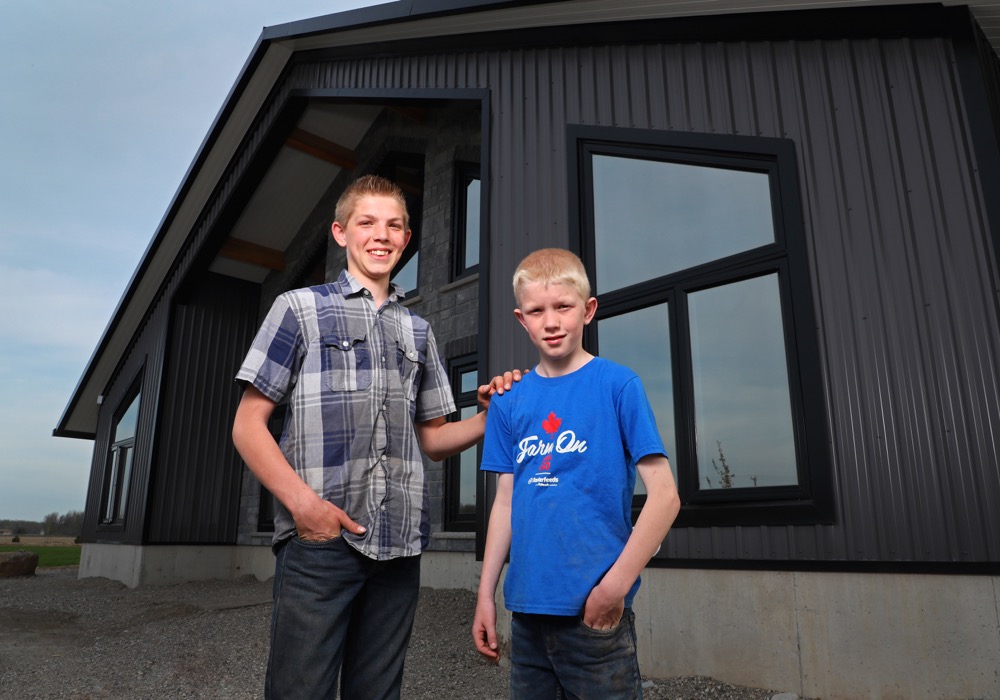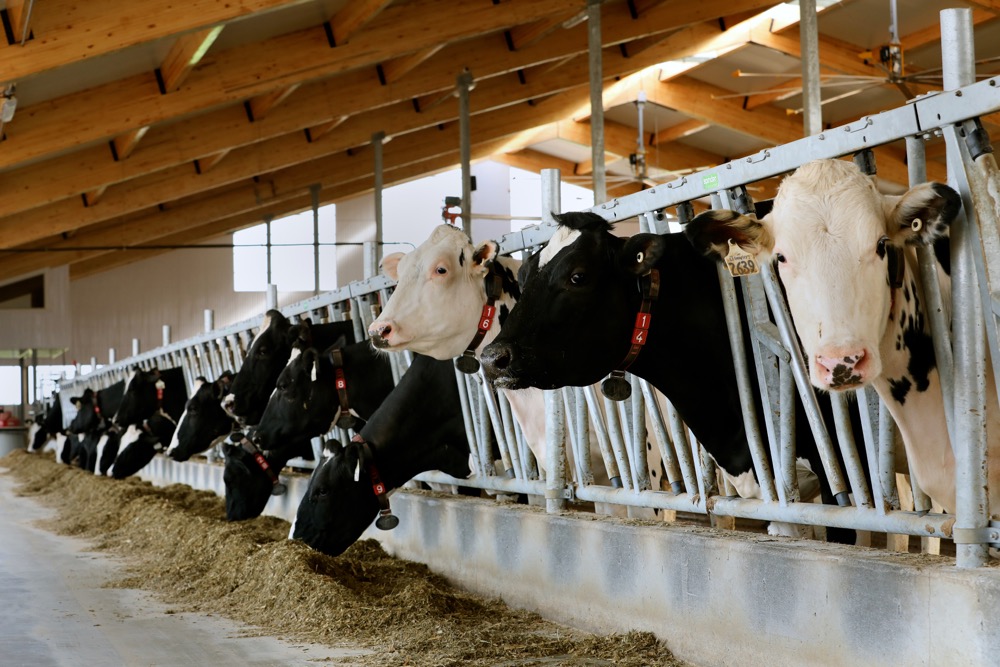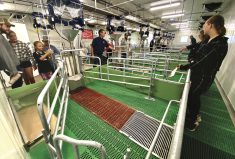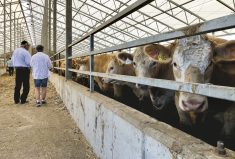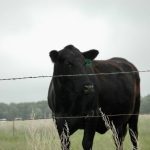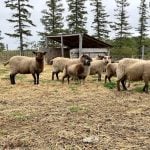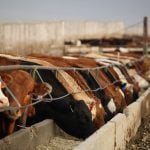“Plan early, plan early, plan early.”
That’s the first piece of advice from the Canadian Farm Builders Association (CFBA) for farmers looking to decrease their time on a waiting list for a barn builder.
Oh, and No. 2 on that list? It was also “plan early, plan early, plan early.”
Sally Akroyd Bombino, general manager of the Guelph-based umbrella organization for contractors specializing in farm construction said her members say that if you think it will take six months to get a permit, plan on 12 months. A plan will help get to completion with realistic objectives and timelines that can be met.
Why it matters: There’s a lack of qualified farm builders in Ontario to meet the current demand, especially from dairy farmers struggling to find space for more cows to fill a more than 20 per cent increase in quota over the past three years. Much of that quota is not being filled, in part because of a lack of ability to build enough barn capacity quickly.
Akroyd Bombino said association members are telling her that wait times on new construction have increased over the past two years due to increased demand, more paperwork and a shortage of contractors.
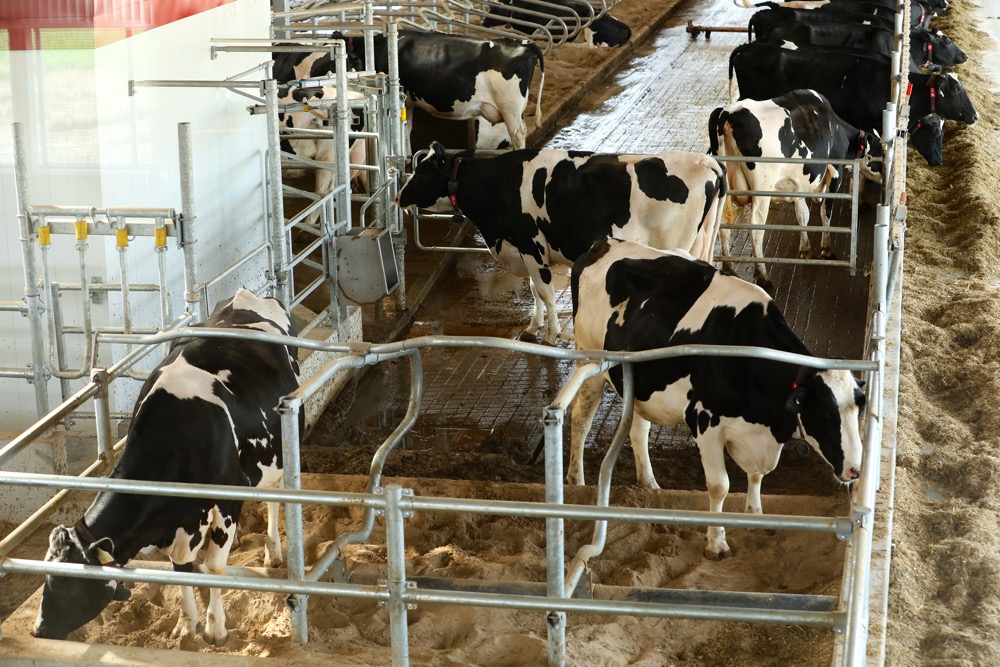
Akroyd Bombino said association members are telling her that wait times on new construction have increased over the past two years due to increased demand, more paperwork and a shortage of contractors. Members have told her that there’s a strong push in the dairy industry, but also in other sectors of agriculture. That is resulting on greater wait time.
Regulatory and bureaucratic oversight has grown around planning policies, building codes, environmental care and stormwater management. In short, there are too many consultants doing similar work for different requirements, which drives up costs and delays the approval process.
Akroyd Bombino said her members tell her that the approval process is too long, unnecessarily complex, and often requires costs that are not needed because of the duplication.
Read Also
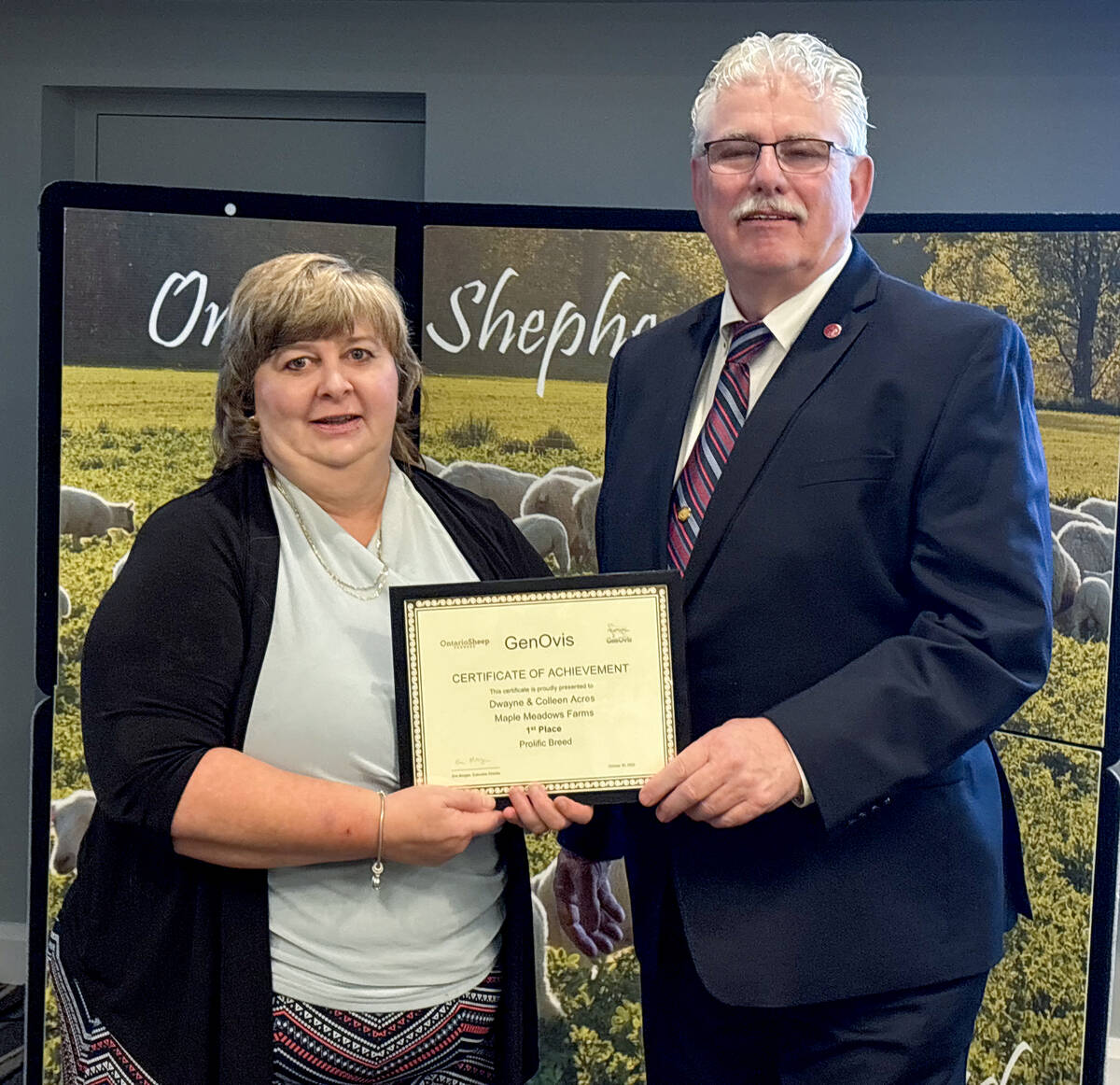
GenOvis awards presented at Ontario Sheep Farmers’ annual meeting
Producers and youth were recognized for their contributions during the Ontario Sheep Farmers’ annual GenOvis and leadership awards.
Salford-area dairy farmer Michiel Slegh, who moved the family’s herd of Holsteins into a brand new barn in late January, agreed the permitting process was cumbersome.
But getting a slot on the contractor’s calendar was the biggest hurdle. He stresses that he doesn’t blame the contractor — a business the family has worked with in the past on nearby chicken barns (the family is new to the dairy industry in Ontario). However, the wait list did present a challenge since entering into cow’s milk production in the province requires precise timing to coincide with quota purchase.
Jarno Slegh, Michiel’s son, said they poured cement in June, but then had to wait on the contractor until late September. The barn went up very quickly after that, with the new beam technology used in the barn, although the new building system did take some extra work and figuring out.
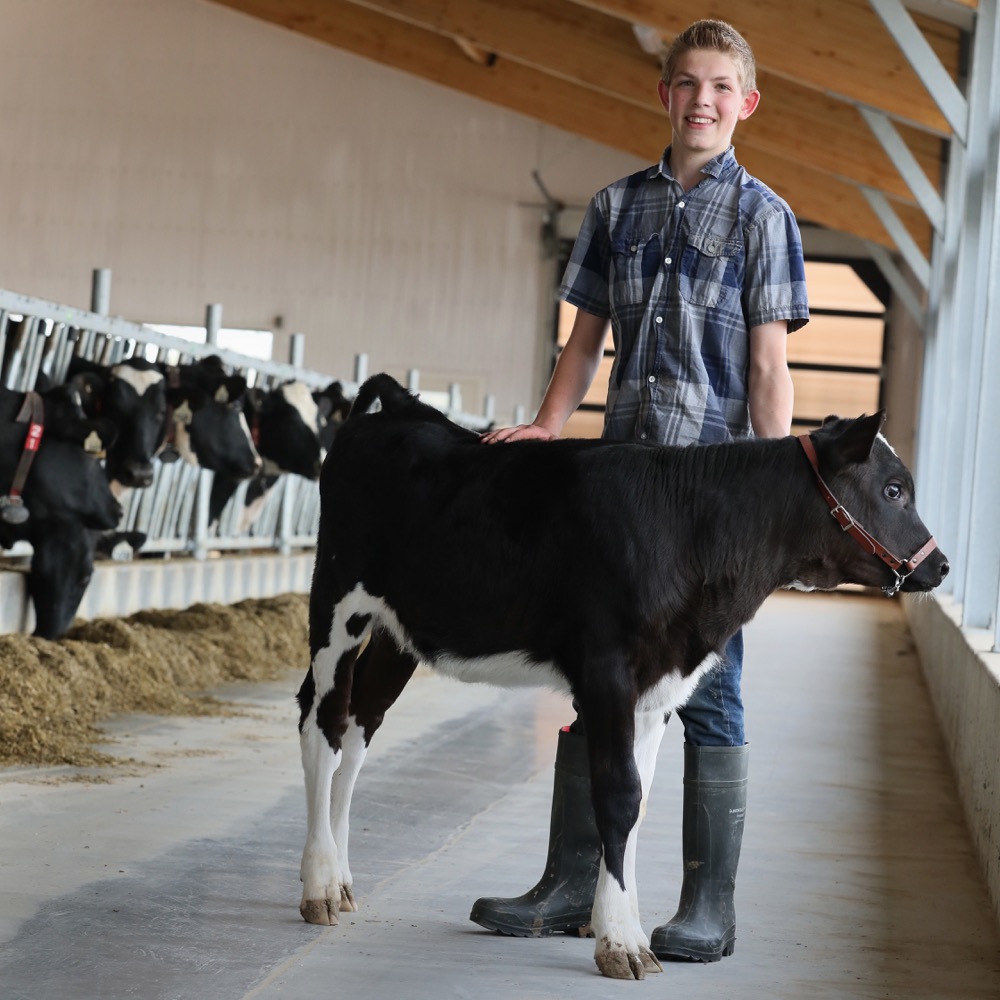
Jarno, 15, says he hopes to dairy farm someday and so had a hand in the planning of the building. The family started milking Jan. 31 in the new barn with a Lely robotic milking system. The family was a successful applicant under the new entrant’s program that gives access to milk quota to new dairy farmers.
The CFBA said the situation on the contractor side is also challenging.
There’s a labour shortage in building and more people are needed. Relatively new requirements for training, related mainly to workplace safety, mean it takes longer for those wanting to join the workforce, according to the CFBA. And smaller contractors with limited workforces see more downtime as employees sit in classrooms for more, and more frequent, legislatively mandated certification updates.
For the short term, perhaps a recently announced quota reduction for eastern Canadian dairy producers could slow demand for barn construction. And in the mid-term, the CFBA hopes more people choose to pursue careers in agricultural building.
Thinking longer term, the CFBA said the onus is on the construction industry to afind ways to be more efficient and productive.
National surveys continually place construction in the low end of achieving better production ratings. It may not have been hard to adapt from the shovel to the bulldozer, but to migrate from the bulldozer to the drone, is another matter, Akroyd Bombino said her members told her.
In addition to suggesting that farmers plan well in advance, the CFBA advises that working with builders who have WSIB insurance and who have a proven track record can save a lot of time, stress and money down the road.
Updated Oct. 26, 2018
